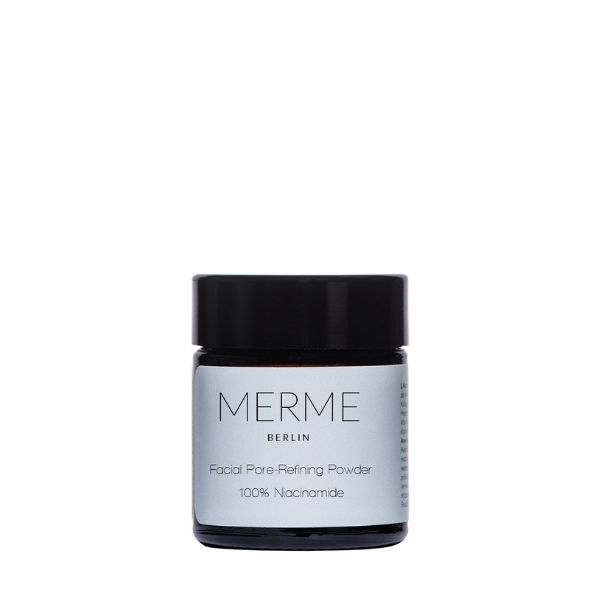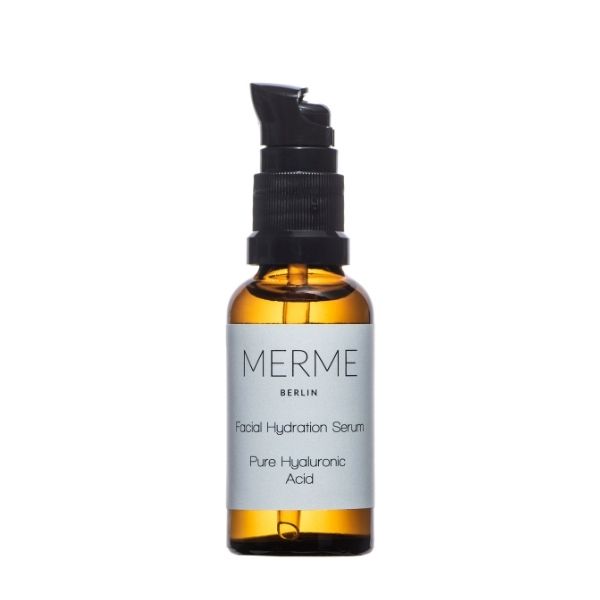Skincare ingredientes we should not be mixing

In the last decade the cosmetic/skincare industry has undergone a complete revolution, in which the commitment to bio / organic / eco is increasingly on the rise, and the number of products on the market continues to grow.
In recent times, the use of skincare with highly concentrated formulas of a certain ingredient or active ingredient (Niacinamide, AHAs, BHAs, Retinol, Vitamin C, and many more) has become very popular.
This is when many doubts starts popping up: how and when should I use these? Which ones can be combined and which ones should I never mix? Basically, what guidelines do you have to follow when applying and combining different skincare ingredients and not end up like Samantha in Sex and the City?
Today at KŌNSE we bring you a list of the most popular skincare ingredients that you shouldn’t mix in order to get the best results.
Main ingredients that you should not be mixing
- Retinol + AHA / BHAs (Salicylic, Glycolic, Lactic Acid…): retinol (also known as vitamin A) is a very popular skincare ingredient today, and it is no wonder. It stimulates cell regeneration and the natural production of hyaluronic acid and collagen in the skin. On the other hand, AHAs and BHAs work by leaving the skin free of impurities and fighting the signs of aging. Broadly speaking, we could say that both retinol and the different acids ultimately fulfill the function of exfoliating the skin. But what happens if we overdo it by exfoliating? Irritations, hypersensitivity, destruction of the natural protective barrier of the skin… Those are not the results we are looking for when using these ingredients, so it is better that you simply do not combine them. Never.
Of course, remember that there are also natural alternatives to retinol that fulfill the same functions. Nuori’s Infinity Bio-Fusion Serum is a great example that you should try as it contains bakuchiol, a type of natural retinol.
- AHAs / BHAs + Vitamin C: Vitamin C is a type of acid (ascorbic) formulated with a fairly low pH (maximum 3, on a scale of 0 to 14).
By combining this type of acid with others such as AHAs or BHAs, we can alter its pH and thus reduce its effectiveness. It is best to combine them on different days of your beauty routine to maximize results and prevent unnecessary alterations.
In this article we talk in length about the most popular acids and which ones are best for your skin. Consider that there are many products that contain different acids in their formulation without being as aggressive as a direct peel of AHAs / BHAs.
Among our recommendations are, for example, Grown Alchemist’s Balancing Toner, which contains glycolic acid, or the Hydra Repair day cream from the same brand, with lactic acid.
- Vitamin C + Niacinamide – Another combination that we don´t recommend . We have already commented that ascorbic acid (Vitamin C) has a fairly acidic pH, and niacinamide is very sensitive to this acidity. If they mix, the niacinamide turns into nicotinic acid, which is a vasodilator.
If we combine vitamin C and niacinamide in the same routine, we can end up with red and irritated skin. For this reason we recommend applying vitamin C in the morning and niacinamide in the evening, and if you dont´t have time, leave at least a 15-minutes between applications, and apply vitamin C. first.
If you are curious about the incredible benefits of niacinamide (or vitamin B3), check out this blog. We recommend you try Merme Berlin’s Niacinamide Concentrate if you want to hallucinate with its effects on your skin.
- Retinol + Benzoyl Peroxide: Benzoyl peroxide is very popular in acne treatments, but combined with retinol it can overly dry and redden the skin to the point of causing some flaking.
They are two very powerful components, so it is advisable to combine them day on / day off, or add one to the daytime routine and the other to the nighttime routine.
- Facial oil + Hyaluronic acid: curiously, this is one of the most common mistakes when it comes to applying your skincare routine. Applying the products at the wrong time can cause canceling effects, and this is the case with facial oils and hyaluronic acid. Hyaluronic acid is generally very light, and therefore should be applied before other facial oils or serums. If the rest of the products in your routine are too oily or dense, they will not allow the hyaluronic acid formulation to penetrate properly to the deepest layers of the skin. If you have not yet tried its powerful benefits on your skin, you should give Merme Hydrating Facial Serum a try, which has a very high (but safe) concentration of hyaluronic acid. Your skin will appreciate it.
With these basic guidelines you can get an idea of which of your products can be mixed and which cannot. And remember, in case of any doubt or any reaction of the skin, go to your trusted dermatologist.





